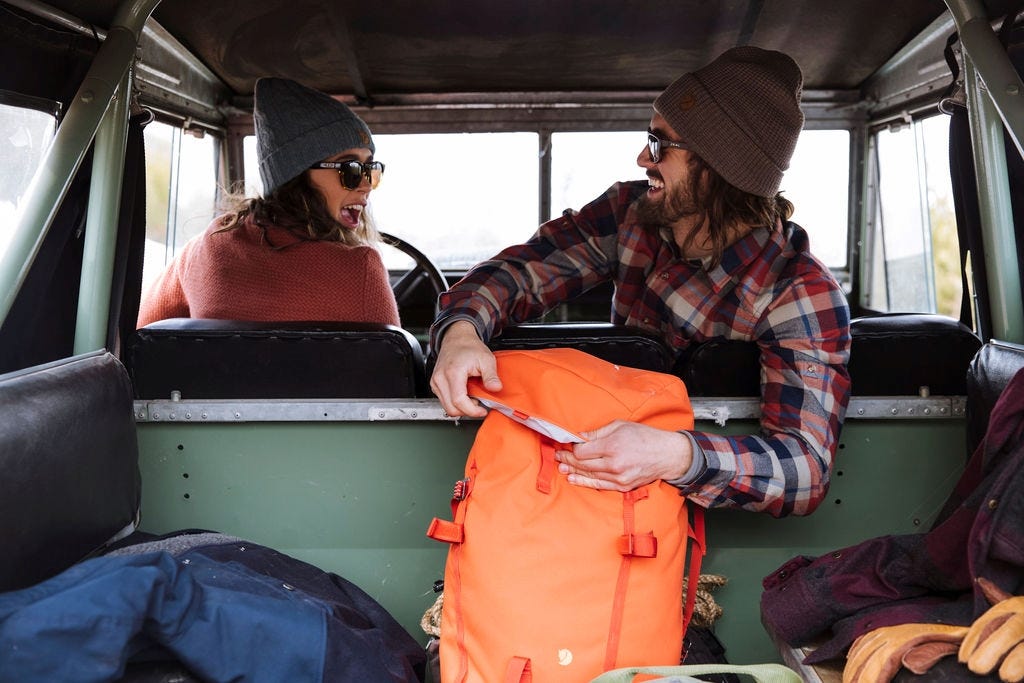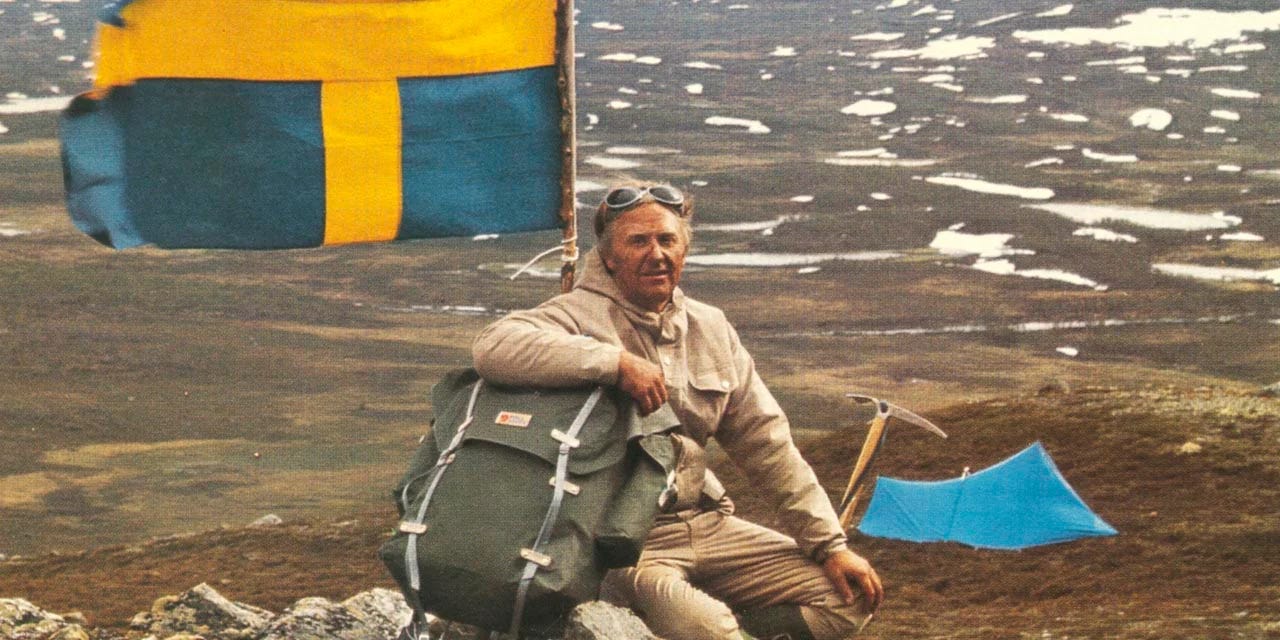
Editor’s Note
Hello,
The iconic Swedish brand Fjällräven (arctic fox in Swedish) was founded in 1960 by the Swedish entrepreneur and outdoorsman Åke Nordin. Until the mid-90s, when they first expanded beyond their own home country, Fjällräven was a well kept secret.
Then something remarkable happened. The Kånken backpack for schoolchildren that was introduced in 1978 went viral in the naughts and suddenly everyone knew what Fjällräven was and stood for: everyday practicality and Swedish design sensibility.
Today Fjällräven is a global brand but still with the original focus on making high-quality outdoor apparel and equipment that last a lifetime, to inspire people to get out and enjoy nature safely, responsibly, and sustainably.
For people, planet, and profit,
Per Håkansson (follow on LinkedIn), Publisher and founding editor
Table of Contents
Fjällräven’s Story

Fjällräven was founded in 1960 when Åke Nordin, a young man from the coastal town of Örnsköldsvik, set out to create the perfect backpack for his own adventures. Driven by frustration with uncomfortable and impractical packs, he designed his own.
Early Beginnings:
The Basement Workshop: Armed with his mother's sewing machine and his father's tools, Åke spent nights in his basement crafting a wooden-framed backpack built for comfort and durability.
First Sale: This prototype, later known as the "Fjällräven Kajka," went on sale in his father's hardware store and quickly became a local favorite. Åke's passion for practicality and outdoor exploration had struck a chord.
Growth and Innovation:
From Backpacks to More: Throughout the 60s and 70s, Fjällräven expanded its offerings to tents, sleeping bags, jackets, and trousers, all designed with Åke's unwavering commitment to functionality and quality.
The Kånken: In 1978, the iconic Kånken backpack was born. Responding to concerns about schoolchildren's back health, Åke created a simple, square-shaped backpack that perfectly held books and stood out with its vibrant colors. The Kånken became a global phenomenon, representing both practicality and Scandinavian style.
Sustainability and Values:
Respect for Nature: Fjällräven's products are built to last, minimizing waste, and encouraging respect for nature. They prioritize durable materials, timeless designs, and repairability.
Focus on Ethics: The company actively seeks ethical sourcing practices and fair labor conditions throughout its supply chain.
Environmental Responsibility: Fjällräven strives to reduce its environmental impact through efficient production methods, minimizing pollution, and using recycled materials.
The Legacy of Fjällräven:
Today, Fjällräven remains a beloved brand for outdoor enthusiasts worldwide. Their products are synonymous with functionality, durability, and a connection to the natural world. Åke Nordin's early vision continues to guide the company: to make adventure accessible and inspire people to explore with respect for the environment.
Key Milestones
Here are some key milestones in Fjällräven's history, highlighting their growth, innovation, and commitment to sustainability:
Early Years (1960-1970s):
1960 – Åke Nordin creates the first Fjällräven backpack, the Fjällräven Kajka, sparking the company's journey.
1964 – Introduction of the Trango, Fjällräven's first tent, expanding their product line beyond backpacks.
1978 – Launch of the iconic Kånken backpack, revolutionizing school bags and becoming a global symbol of Fjällräven.
Expansion and Popularity (1980s-2000s):
1984 – Debut of the Green Line collection, showcasing Fjällräven's early commitment to sustainability and recycled materials.
1996 – International expansion begins with the opening of the first store outside Sweden in Finland.
2007 – The Kånken gains immense popularity worldwide, becoming a fashion icon and symbol of Swedish design.
Focus on Sustainability and Responsibility (2010s-Present):
2010 – Publishes its first sustainability report, demonstrating transparency and accountability.
2020 – Launch of the "Numbers Project," a unique initiative to quantify and reduce the environmental impact of their products.
2021 – Introduce the collection Samlaren (Gatherer), using leftover fabrics to create a whole new unique collection with one-of-a-kind designs and color combinations.
2023 – Continued focus on sustainable practices, fair labor conditions, and innovative materials like recycled fibers and G-1000 Eco.
Additional Milestones:
Development of the hardwearing G-1000 fabric in 1968, becoming a core material for various products, now also made from recycled polyester and organic cotton.
Fjällräven Classic events, promoting responsible trekking and connecting deeper with nature.
Collaboration with environmental organizations and initiatives.
These milestones illustrate Fjällräven's evolution from a small, locally-focused company to a global brand admired for its commitment to quality, functionality, and environmental responsibility. They continue to push boundaries and inspire adventure with respect for the natural world.
Keep reading with a 7-day free trial
Subscribe to Unsustainable to keep reading this post and get 7 days of free access to the full post archives.



